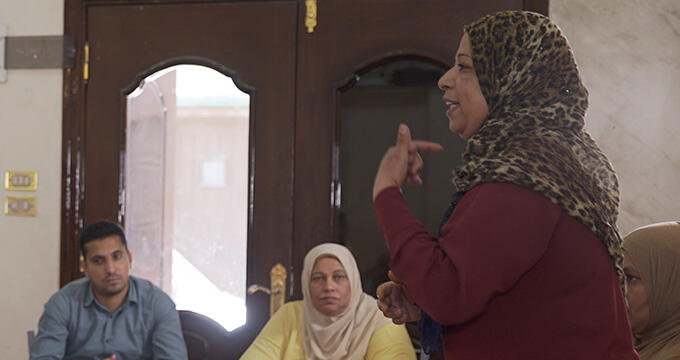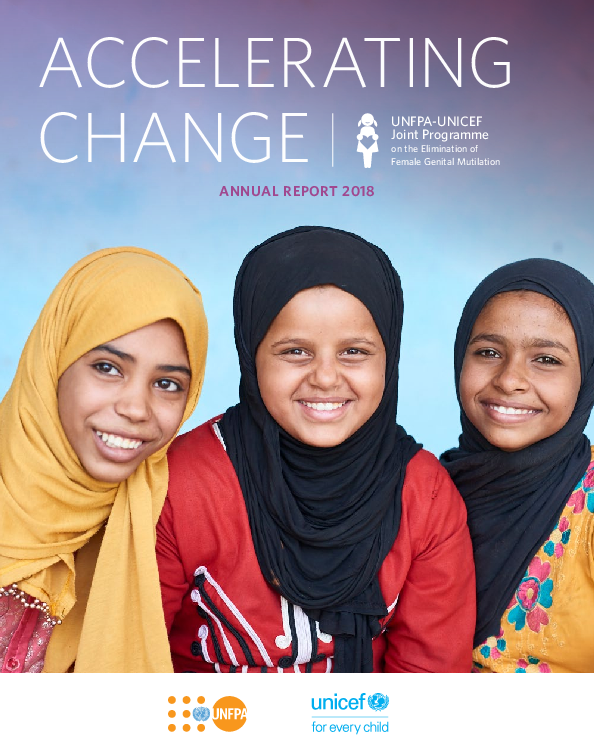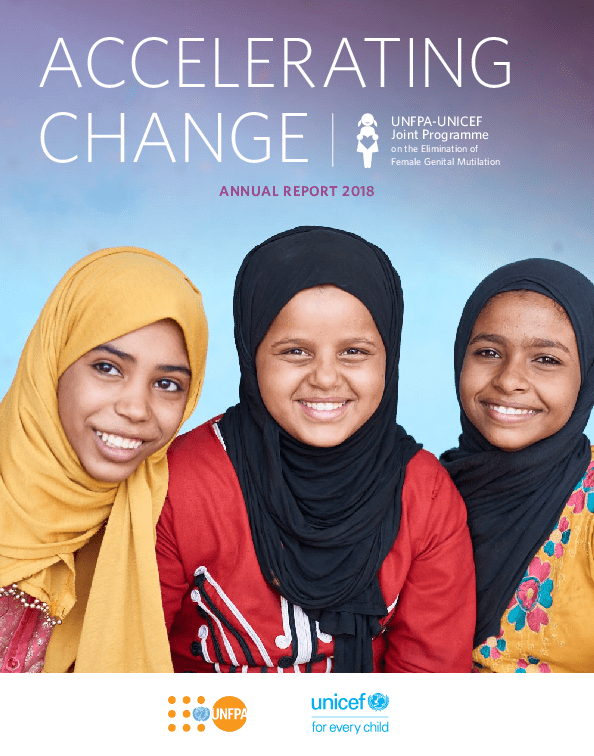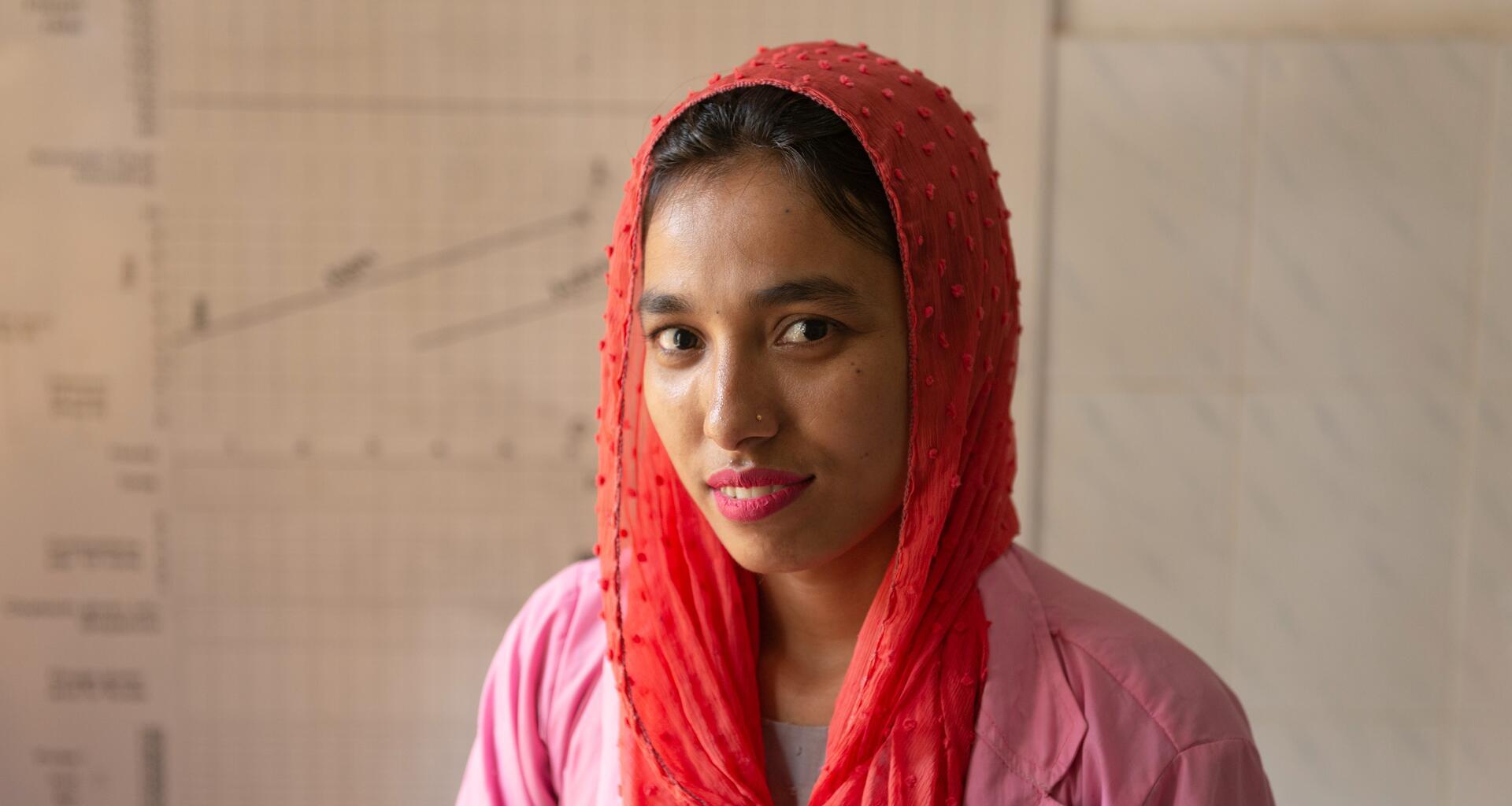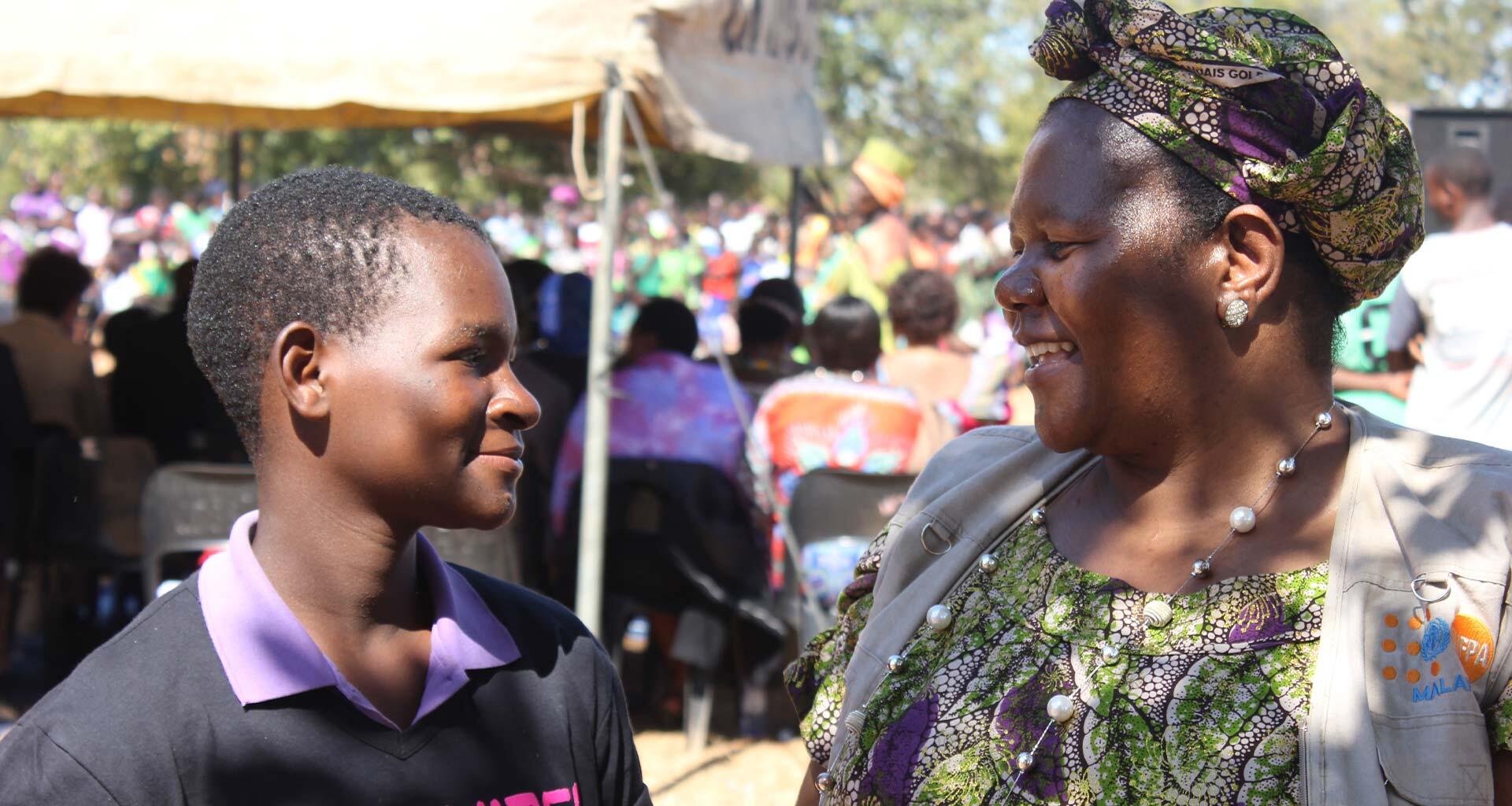Female genital mutilation, a practice that involves altering or injuring the female genitalia for non-medical reasons, is internationally recognized as a violation of human rights. An estimated 230 million girls and women worldwide have undergone the practice.
A global issue, female genital mutilation (sometimes abbreviated as FGM or referenced by other names) is reported in 92 countries across all continents. Data from about a third of the countries where it is practiced indicate a decline over the last three decades, with 1 out of 3 girls undergoing the practice compared with 1 out of 2 girls previously. The majority of men and women – two thirds – want this practice to end. However, these positive results would need to be stepped up 27-fold to meet the target of ending the practice by 2030.
UNFPA estimates that 68 million girls are at risk of undergoing female genital mutilation between 2015 and 2030. To protect these girls, we all must remain invested to meet the zero target, through wider partnerships and cost-efficient approaches to scaling up interventions that challenge the social norms that perpetuate the practice. Governments, donors, the private sector, communities, grassroots organizations, girls, women, boys and men all have a role to play as agents of change to ensure that girls grow up free from female genital mutilation.
